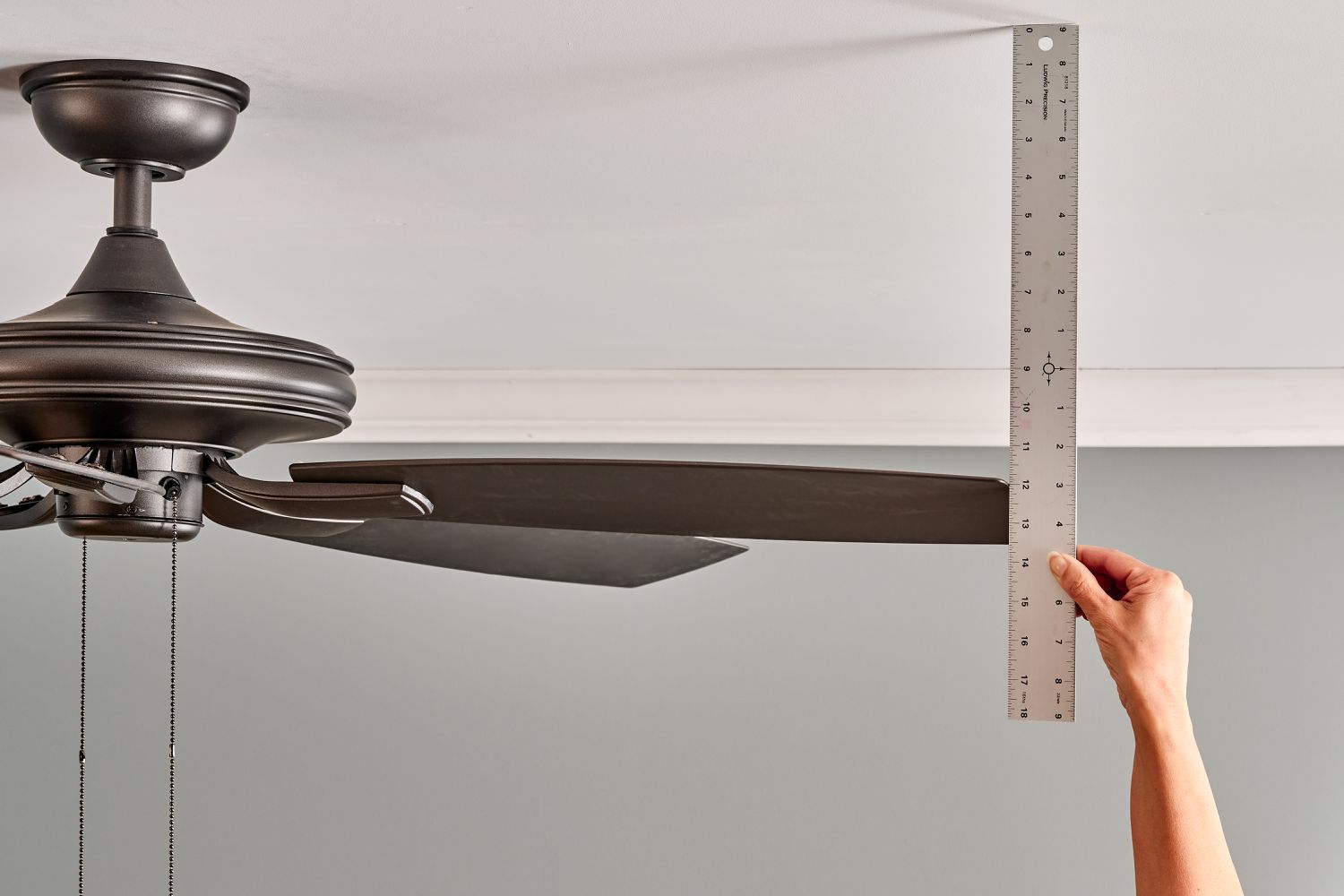

Articles
How Do You Balance A Ceiling Fan
Modified: March 1, 2024
Learn how to balance a ceiling fan with these helpful articles. Find step-by-step guides and tips for keeping your fan running smoothly.
(Many of the links in this article redirect to a specific reviewed product. Your purchase of these products through affiliate links helps to generate commission for Storables.com, at no extra cost. Learn more)
Introduction
Ceiling fans are a popular and effective way to circulate air and provide cooling in homes and offices. However, over time, they may become unbalanced, leading to annoying wobbling or shaking. A balanced ceiling fan is not only more efficient but also reduces noise and extends the lifespan of the fan. If you notice your ceiling fan wobbling, it’s important to address the issue and regain its balance.
In this article, we will explore the importance of balancing ceiling fans, the signs of an unbalanced fan, the tools required for balancing, and provide a step-by-step guide on how to balance a ceiling fan effectively.
Key Takeaways:
- Balancing your ceiling fan is crucial for enhanced performance, noise reduction, improved energy efficiency, extended lifespan, and safety. Regular maintenance ensures optimal airflow and comfort in your living space.
- Identifying signs of an unbalanced fan, using the right tools, and following a step-by-step guide can help you effectively balance your ceiling fan. Don’t hesitate to seek professional help for persistent issues.
Read more: How Do You Clean Ceiling Fans
Understanding Ceiling Fans
Ceiling fans are a popular fixture in many households due to their ability to provide comfort and airflow. They are typically mounted on the ceiling and have rotating blades that circulate air in the room, creating a cooling effect. Unlike air conditioners, ceiling fans do not actually lower the temperature in a space but rather create a wind-chill effect that can make you feel cooler.
Modern ceiling fans come in a variety of styles, sizes, and designs to suit different aesthetic preferences and room sizes. They are powered by an electric motor that rotates the blades at various speeds to achieve the desired airflow. The blades of a ceiling fan are typically made from different materials such as wood, plastic, or metal.
Ceiling fans also offer the convenience of options like remote control operation, adjustable speeds, and even built-in lighting fixtures. They are not only functional but also serve as decorative elements in a room, adding to its overall design and ambiance.
Understanding the basic components of a ceiling fan is important when it comes to balancing it. The main components include the motor, blades, blade irons, downrod, canopy, and the mounting bracket. Each of these parts plays a crucial role in the operation and stability of the fan.
Proper installation of a ceiling fan is also essential for its performance and balance. It should be securely attached to a suitable support structure or ceiling fan-rated electrical box. If the fan is installed incorrectly or on an unstable surface, it can lead to imbalance and wobbling.
Now that we have a basic understanding of ceiling fans, let’s explore why it is important to maintain the balance of these fixtures.
Importance of Balancing Ceiling Fans
Balancing a ceiling fan is more than just a matter of aesthetics and eliminating an annoying wobble. It is a crucial maintenance task that has several important benefits. Let’s take a closer look at the importance of balancing ceiling fans:
- Enhanced Performance: An unbalanced ceiling fan can lead to decreased performance. When the fan is not properly balanced, it may not circulate air efficiently, resulting in inadequate airflow and reduced cooling effect. By balancing the fan, you ensure that it operates at its optimal level, providing maximum airflow and comfort.
- Noise Reduction: One common sign of an unbalanced ceiling fan is excessive noise. Wobbling or shaking can cause the fan to generate a humming, rattling, or clicking noise. This noise can be not only irritating but also disruptive, especially when you are trying to relax or sleep. Balancing the fan helps reduce these noise issues, allowing for a quieter and more peaceful environment.
- Improved Energy Efficiency: A balanced ceiling fan runs more efficiently, which can translate into energy savings. When the fan is properly balanced, it requires less energy to operate, reducing the strain on the motor and consuming less electricity. This can have a positive impact on your energy bills and contribute to a more sustainable home.
- Extended Fan Lifespan: An unbalanced fan puts additional stress on its internal components, particularly the motor and blades. This can lead to premature wear and tear, resulting in a shorter lifespan for the fan. By regularly balancing the fan, you help distribute the load evenly, reducing strain on these components and increasing the longevity of your ceiling fan.
- Safety: A ceiling fan that is severely unbalanced poses a safety risk. Excessive wobbling can cause the fan to become unstable and potentially detach from the ceiling. This can lead to property damage and pose a threat to anyone in the vicinity. Balancing the fan ensures its stability and minimizes the risk of accidents or injury.
Now that we understand the importance of balancing ceiling fans, let’s move on to identifying the signs of an unbalanced fan.
Signs of an Unbalanced Ceiling Fan
An unbalanced ceiling fan can exhibit several noticeable signs that indicate its need for balancing. By being aware of these signs, you can promptly address the issue and restore the fan’s balance. Here are some common signs of an unbalanced ceiling fan:
- Wobbling or Shaking: The most evident sign of an unbalanced fan is noticeable wobbling or shaking. When the fan is running, it may appear to tilt or sway, and the blades may move erratically. This wobbling is not only visually distracting but can also be a potential safety hazard if left unaddressed.
- Uneven Blade Height: Another telltale sign of an unbalanced fan is uneven blade height. When the fan is not properly balanced, one or more blades may be higher or lower than the others. This imbalance can be visually apparent and can contribute to the wobbling motion of the fan.
- Excessive Noise: An unbalanced fan may produce excessive noise during operation. This can include humming, rattling, or clicking sounds. The noise may intensify as the fan speed increases. These noise disturbances can disrupt the peace and tranquility of your living space.
- Increased Vibration: If you notice a significant increase in the vibration of your ceiling fan, it may indicate an imbalance. The vibrations can be felt not only in the fan itself but also in the mounting bracket, downrod, and even the ceiling. These vibrations can contribute to the overall instability and poor performance of the fan.
- Shortened Fan Lifespan: An unbalanced fan can cause premature wear and tear on its components, including the motor, blades, and bearings. This can lead to a shorter lifespan for the fan, resulting in the need for more frequent repairs or even replacement.
If you observe any of these signs, it is important to take action and balance your ceiling fan. Doing so will not only improve the performance and efficiency of the fan but also prevent any potential safety hazards.
Now that we have identified the signs of an unbalanced ceiling fan, let’s explore the tools required for balancing.
Make sure the fan blades are clean and balanced. Use a balancing kit to adjust any wobbles. Check that the fan is securely mounted to the ceiling.
Tools Required for Balancing a Ceiling Fan
Before you begin the process of balancing your ceiling fan, it’s important to gather the necessary tools. Having the right tools on hand will make the balancing process smoother and more efficient. Here are the tools you will need:
- Ladder or Step Stool: Since you will be working on the ceiling, you will need a stable ladder or step stool to reach the fan. Ensure that the ladder is sturdy and positioned securely to avoid any accidents or injuries.
- Screwdriver or Allen Wrench: Most ceiling fans require a screwdriver or an Allen wrench to access the blades. This tool will be used to remove or adjust the screws or bolts that secure the blades to the fan.
- Balancing Kit: A balancing kit is specifically designed to help balance ceiling fans. It typically consists of a balancing clip or weight and adhesive tabs. The balancing clip is used to identify the heaviest blade, while the adhesive tabs can be attached to the lighter blades to restore balance.
- Tape Measure: A tape measure will come in handy for measuring the distance between the blade tips and the ceiling. This measurement will help ensure that the blades are evenly spaced and aligned.
- Pencil or Marker: You will need a pencil or marker to make small alignment marks on the blades and motor housing. These marks will serve as reference points during the balancing process.
- Balancing App or Level: If you prefer a more high-tech approach, you can use a smartphone app or a level to determine the levelness and alignment of the fan blades.
Having these tools readily available will make the process of balancing your ceiling fan much easier and more efficient. Now that you have all the necessary tools, let’s move on to the step-by-step guide on how to balance a ceiling fan effectively.
Read more: How Do You Measure A Ceiling Fan Size
Step-by-step Guide to Balancing a Ceiling Fan
Now that you have gathered the necessary tools, let’s proceed with the step-by-step guide on how to balance your ceiling fan:
- Turn Off the Fan: Before you begin, make sure the ceiling fan is turned off and the blades have come to a complete stop. This will ensure your safety during the balancing process.
- Clean the Blades: Use a microfiber cloth or a feather duster to clean the blades and remove any dust or debris. Clean blades will help provide accurate readings and prevent further imbalance.
- Identify the Heaviest Blade: Attach the balancing clip from the balancing kit to the midpoint of one of the fan blades. Slowly turn on the fan and observe which blade the clip tends to move towards. This will help you identify the heaviest blade.
- Mark the Blade and Housing: Use a pencil or marker to make a small mark on the edge of the heaviest blade and the corresponding spot on the motor housing. These marks will serve as reference points during the balancing process.
- Remove the Blades: Unscrew the screws or bolts that secure the blades to the fan. Gently remove each blade, taking note of their orientation and position.
- Apply Adhesive Tabs: Attach adhesive tabs from the balancing kit to the lighter blades. Start with one tab on each blade and test for balance. If needed, add more tabs to achieve balance. Avoid adding too many tabs as it may lead to imbalance in the opposite direction.
- Reattach the Blades: Carefully reattach the blades in their original positions, ensuring that the marks on the blades align with the marks on the motor housing.
- Test the Balance: Turn on the fan at a low speed and observe its motion. If the fan is still wobbling or shaking, adjust the adhesive tabs on the blades accordingly until balance is achieved.
- Check Blade Alignment: Use a tape measure to measure the distance between the blade tips and the ceiling. Ensure that each blade has the same distance, indicating proper alignment.
- Tighten the Blades: Once you have achieved balance and alignment, use a screwdriver or Allen wrench to securely tighten the screws or bolts that hold the blades in place.
- Turn On the Fan: Finally, turn on the fan at various speeds to ensure it operates smoothly and quietly. Enjoy the comfortable and balanced airflow provided by your ceiling fan.
Following these steps will help you successfully balance your ceiling fan and restore its optimal performance. However, if you encounter persistent issues or are unsure about the process, it is recommended to consult a professional electrician or a ceiling fan technician for assistance.
Tips for Effective Balancing
While balancing a ceiling fan may seem like a straightforward task, there are some tips and tricks that can help ensure a more effective and successful outcome. Here are some helpful tips for balancing your ceiling fan:
- Clean Regularly: Dust and debris can accumulate on the fan blades and affect their balance. Regularly clean the blades to keep them free from buildup, allowing for smoother operation and better overall balance.
- Inspect Mounting: Check the mounting bracket and ensure it is securely fastened to the ceiling. Loose or unstable mounting can contribute to an unbalanced fan. Tighten any screws or bolts if necessary.
- Use Proper Weight Distribution: If you find that adhesive tabs alone are not balancing the fan, you can try attaching small weights to the lighter blades. Experiment with different weights and placements to achieve the desired balance.
- Take Your Time: Balancing a ceiling fan may require some trial and error. Be patient and take your time to make small adjustments until you find the perfect balance. Rushing through the process may lead to subpar results.
- Check for Loose Parts: Occasionally, an unbalanced ceiling fan may be caused by loose or worn-out parts. Inspect the fan blades, blade irons, downrod, and motor housing for any signs of looseness or damage. Tighten or replace any components as needed.
- Consider Blade Reversal: In some cases, reversing the direction of the ceiling fan blades can help achieve better balance. Experiment with changing the blade direction and see if it improves the overall balance and performance of your fan.
- Seek Professional Help: If you have followed all the steps and tips but are still unable to balance the fan, it may be time to consult a professional. A licensed electrician or a ceiling fan technician can provide expert guidance and assistance to resolve any persistent balance issues.
By keeping these tips in mind, you can enhance your chances of effectively balancing your ceiling fan and enjoying its optimal performance.
Now that you have a comprehensive understanding of the importance of balancing ceiling fans, the signs of an unbalanced fan, the necessary tools, and a step-by-step guide, you are well-equipped to maintain a balanced and efficient ceiling fan in your space.
Conclusion
Balancing a ceiling fan is an important maintenance task that should not be overlooked. A balanced ceiling fan not only improves its performance and energy efficiency but also enhances the overall comfort and aesthetics of your space. By addressing an unbalanced fan promptly, you can avoid potential safety hazards and prolong the lifespan of your fan.
In this article, we discussed the importance of balancing ceiling fans and identified the signs of an unbalanced fan. We also provided a comprehensive guide on how to balance a ceiling fan, along with tips for effective balancing.
Remember, regular cleaning, proper maintenance, and periodic balancing are key to keeping your ceiling fan in optimal condition. By following the step-by-step instructions and utilizing the necessary tools, you can restore balance to your ceiling fan and enjoy its benefits for years to come.
If you encounter any difficulties or are unsure about the process, do not hesitate to seek professional assistance. Consulting a licensed electrician or a ceiling fan technician can provide you with expert advice and ensure that the balancing is done correctly.
Take the time to maintain and balance your ceiling fan, and you will be rewarded with improved performance, energy efficiency, and a more comfortable living environment.
Remember, a balanced ceiling fan is not only visually appealing but also contributes to your overall well-being and comfort.
So, go ahead and take the necessary steps to balance your ceiling fan and enjoy its optimal functionality in your living or workspace.
Frequently Asked Questions about How Do You Balance A Ceiling Fan
Was this page helpful?
At Storables.com, we guarantee accurate and reliable information. Our content, validated by Expert Board Contributors, is crafted following stringent Editorial Policies. We're committed to providing you with well-researched, expert-backed insights for all your informational needs.
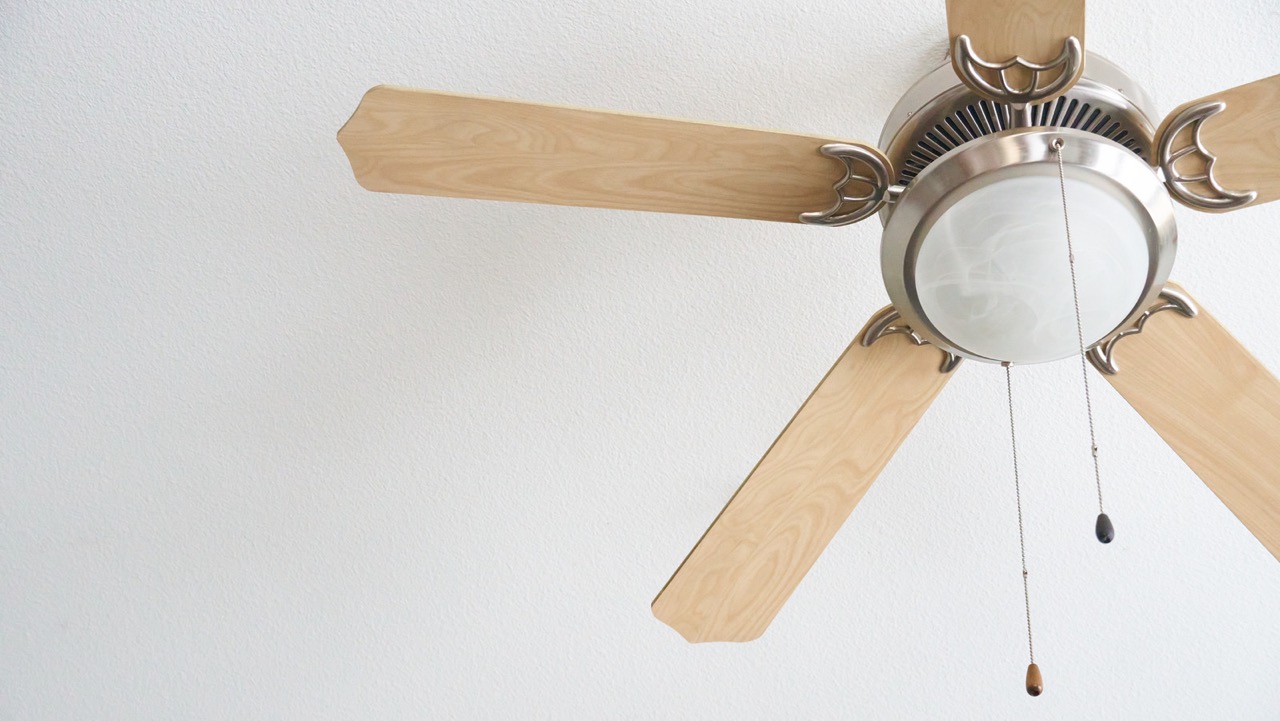
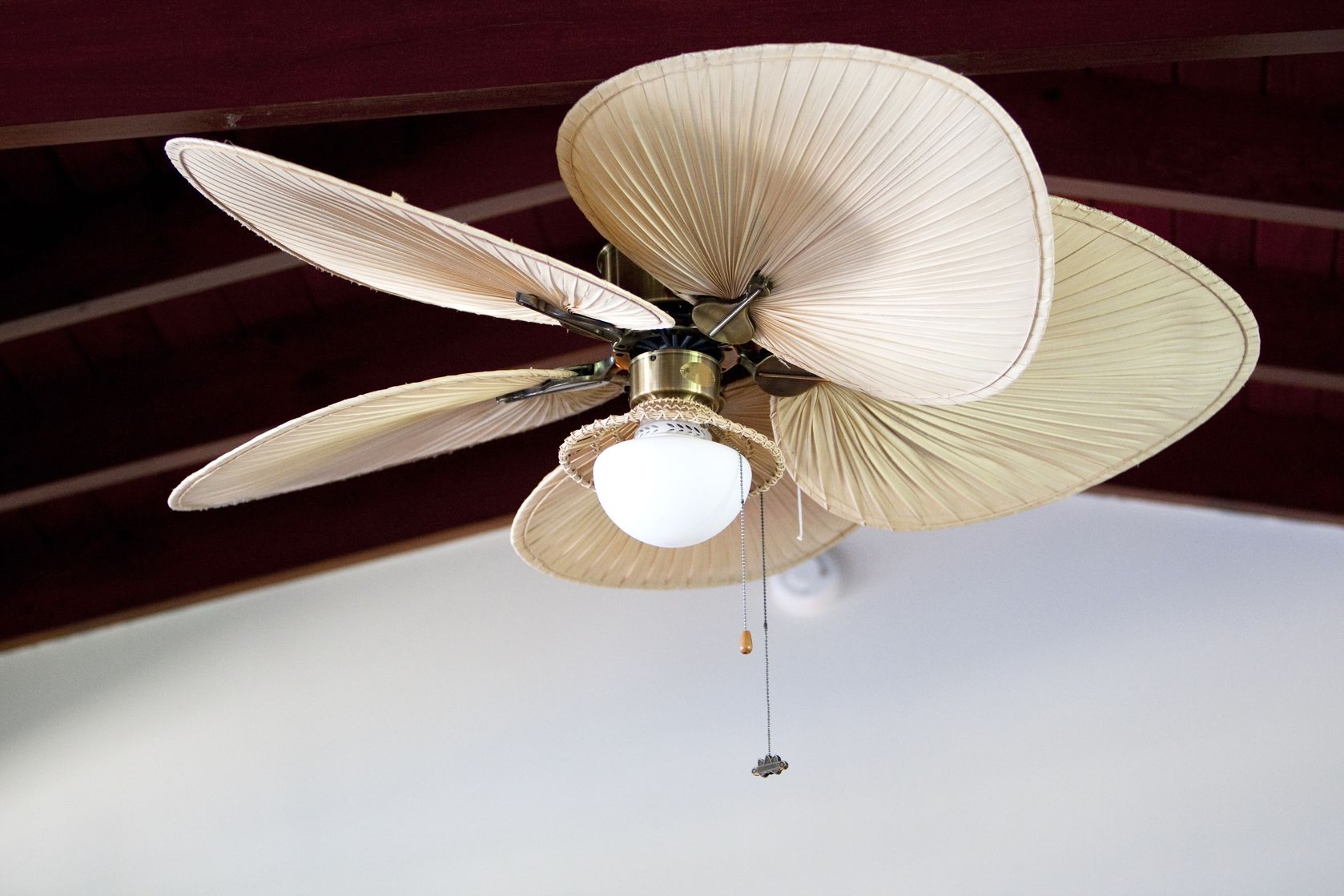

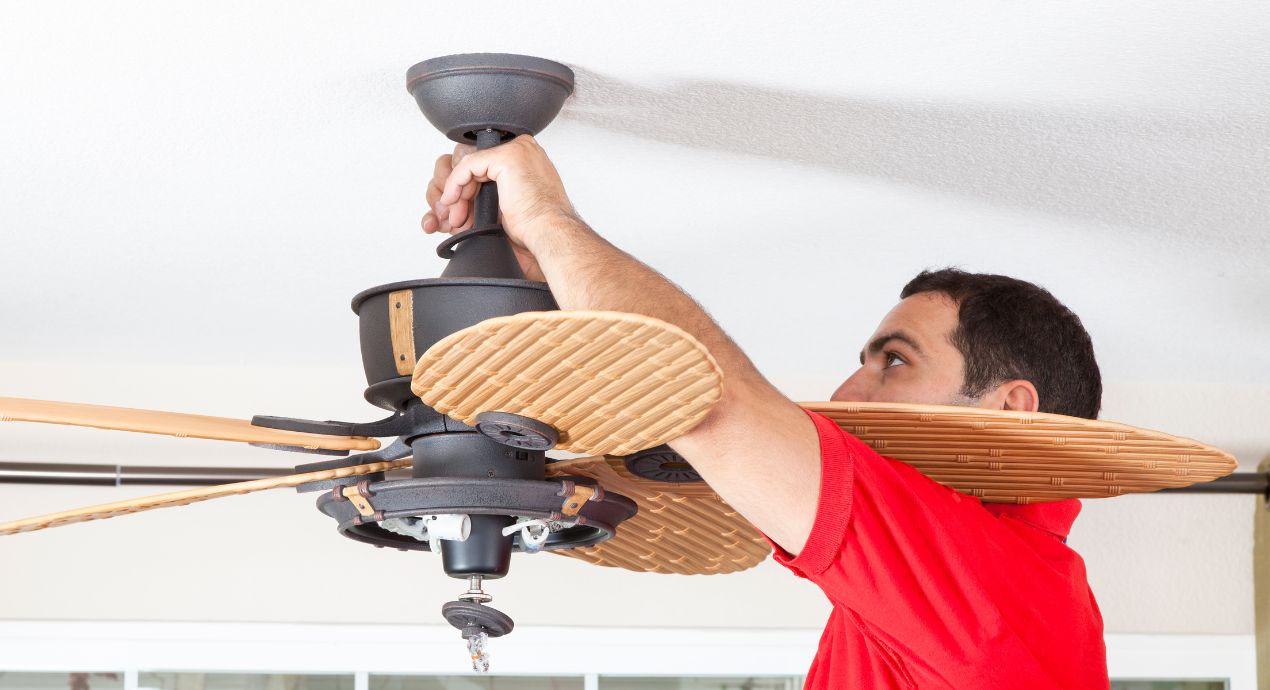
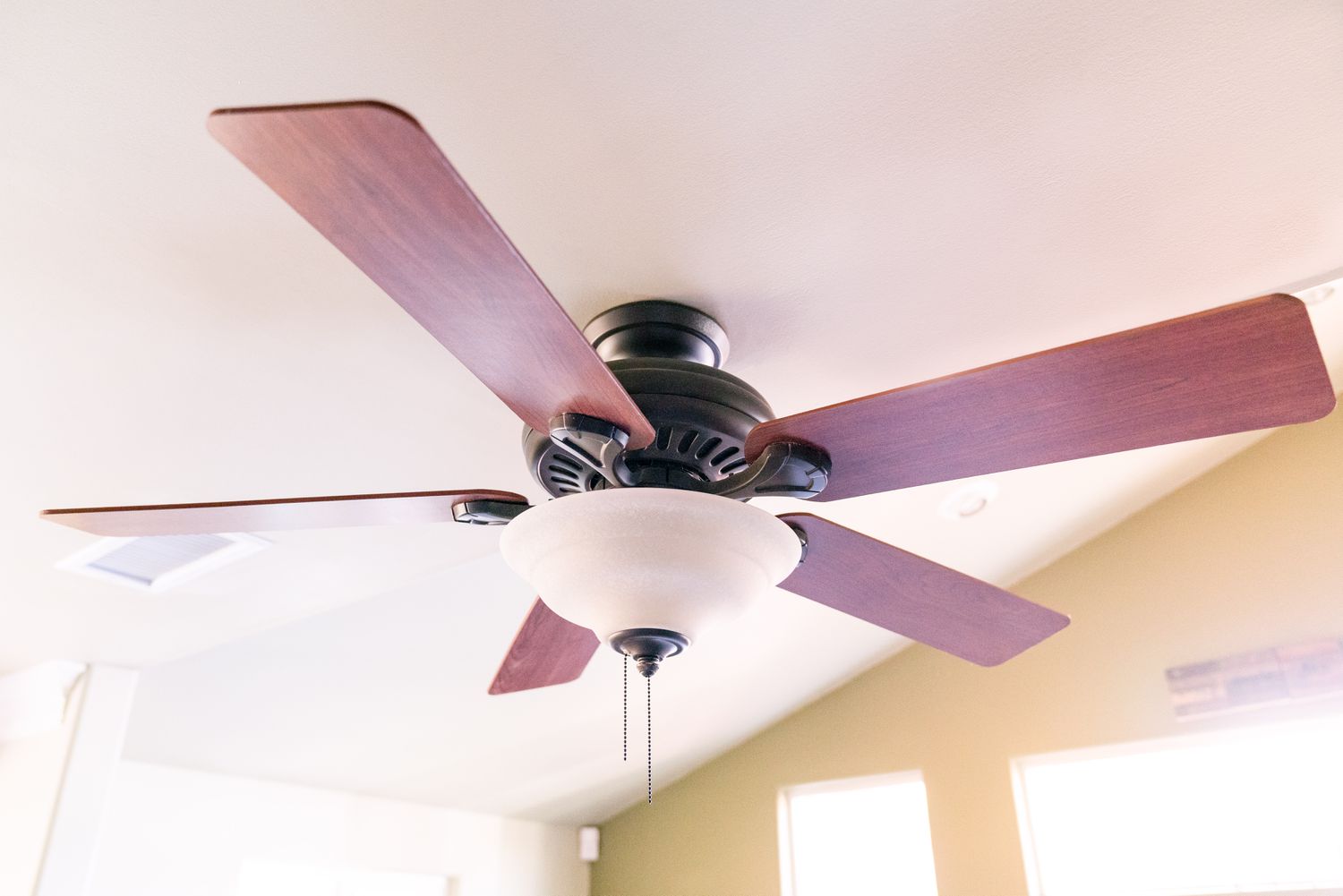
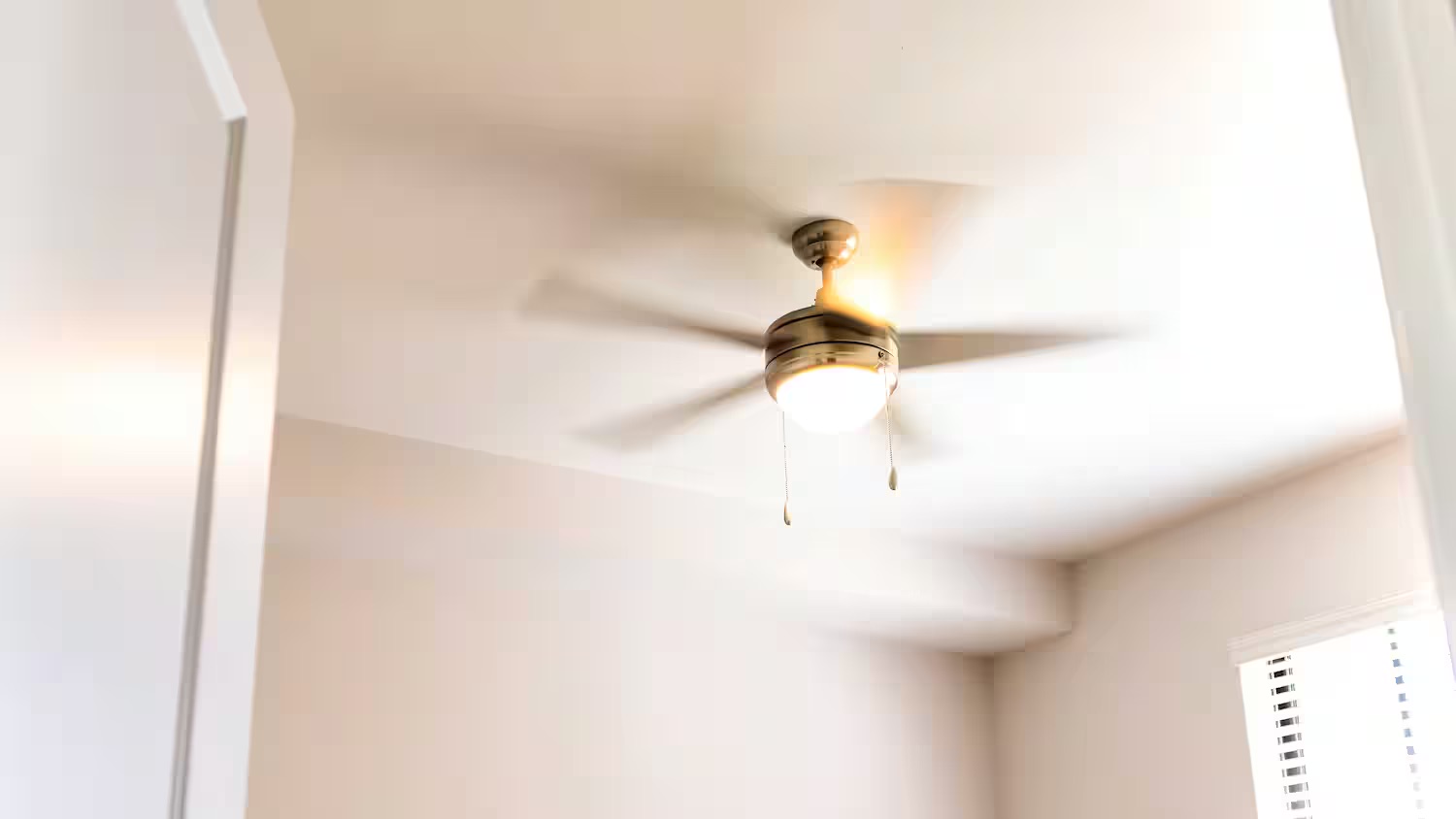
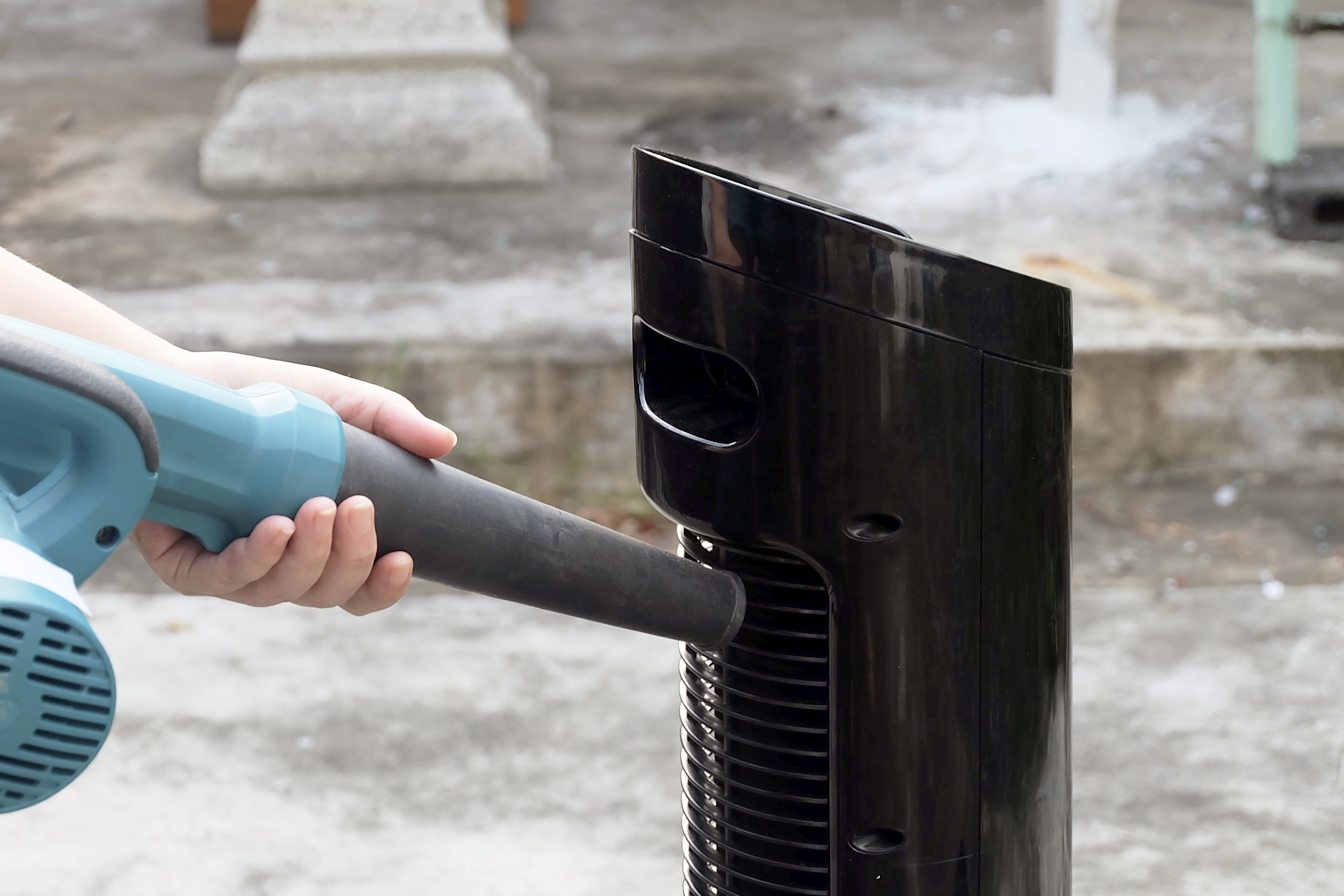
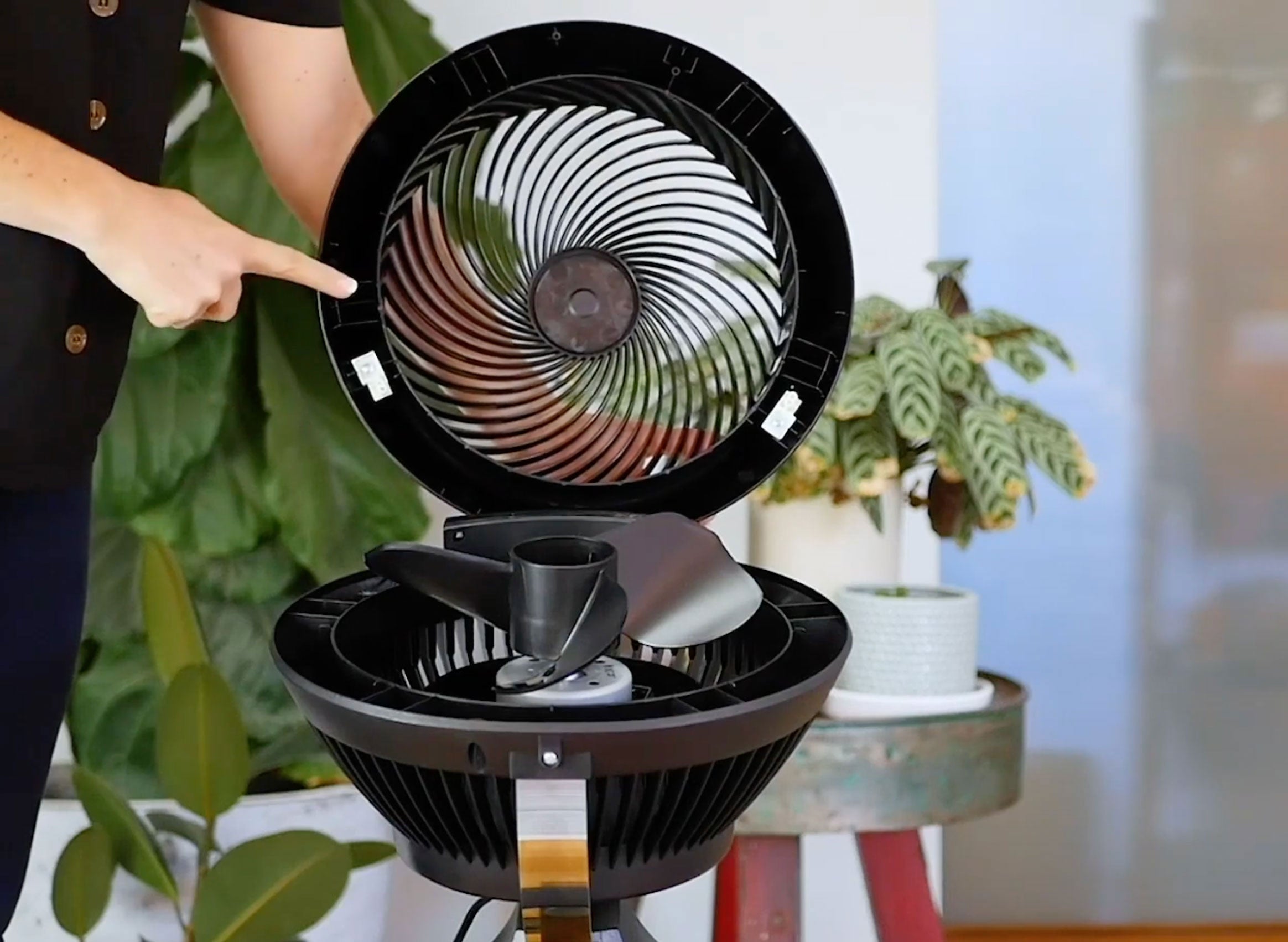

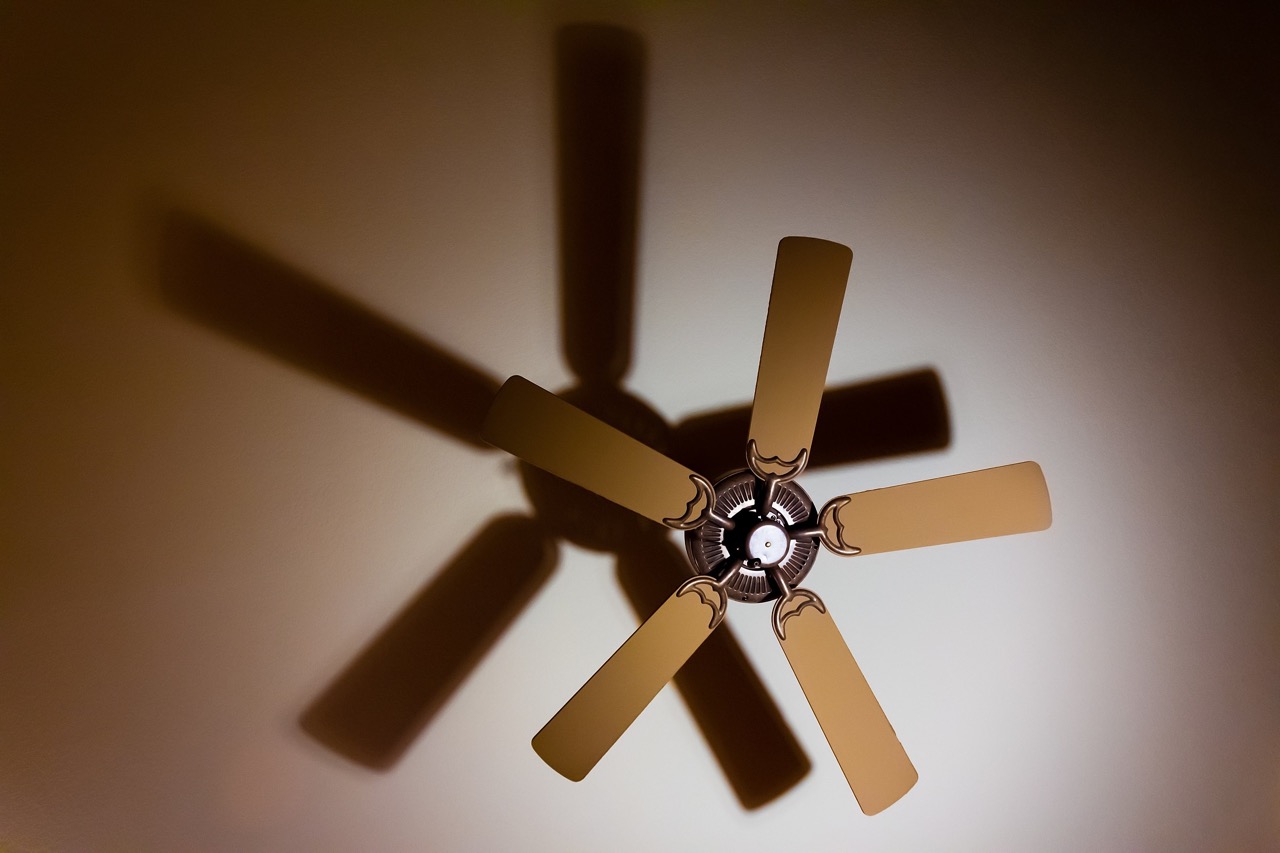
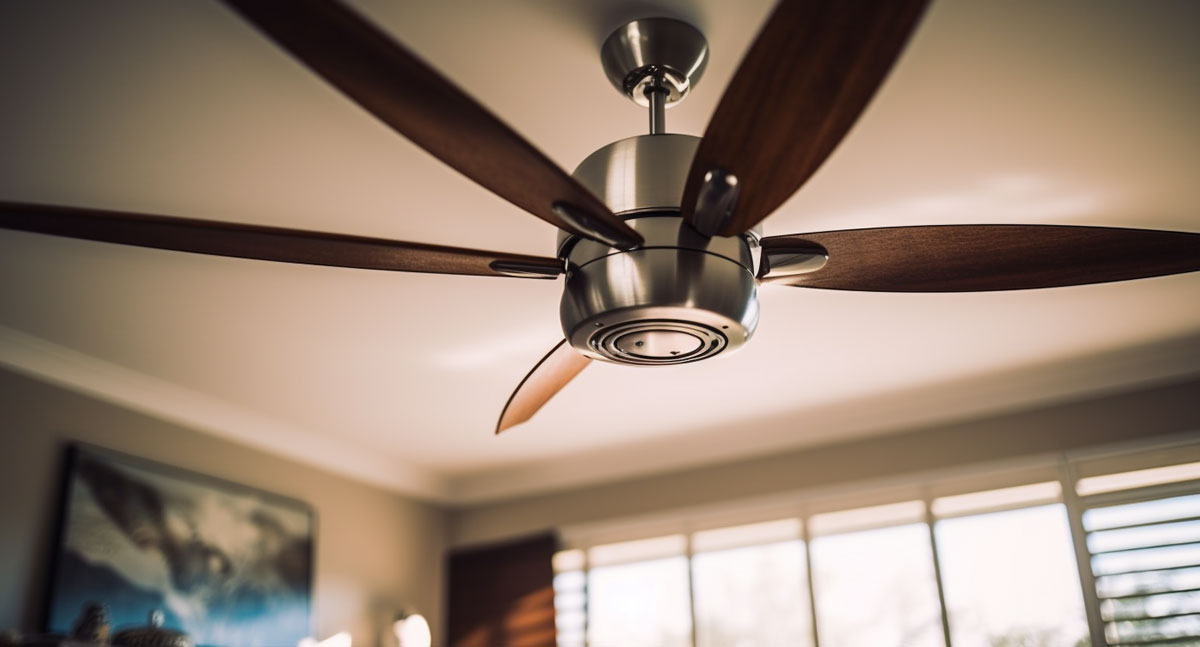

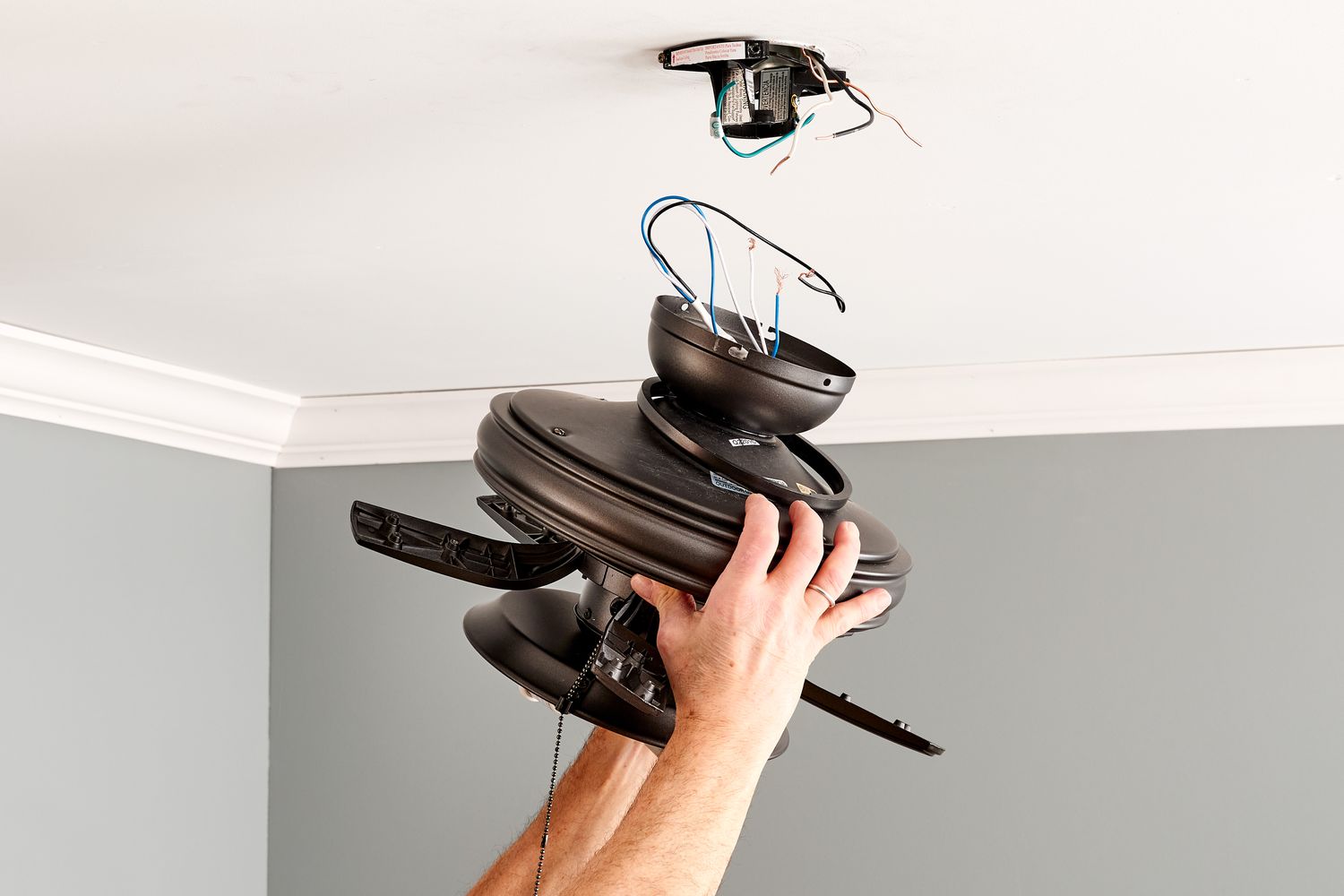
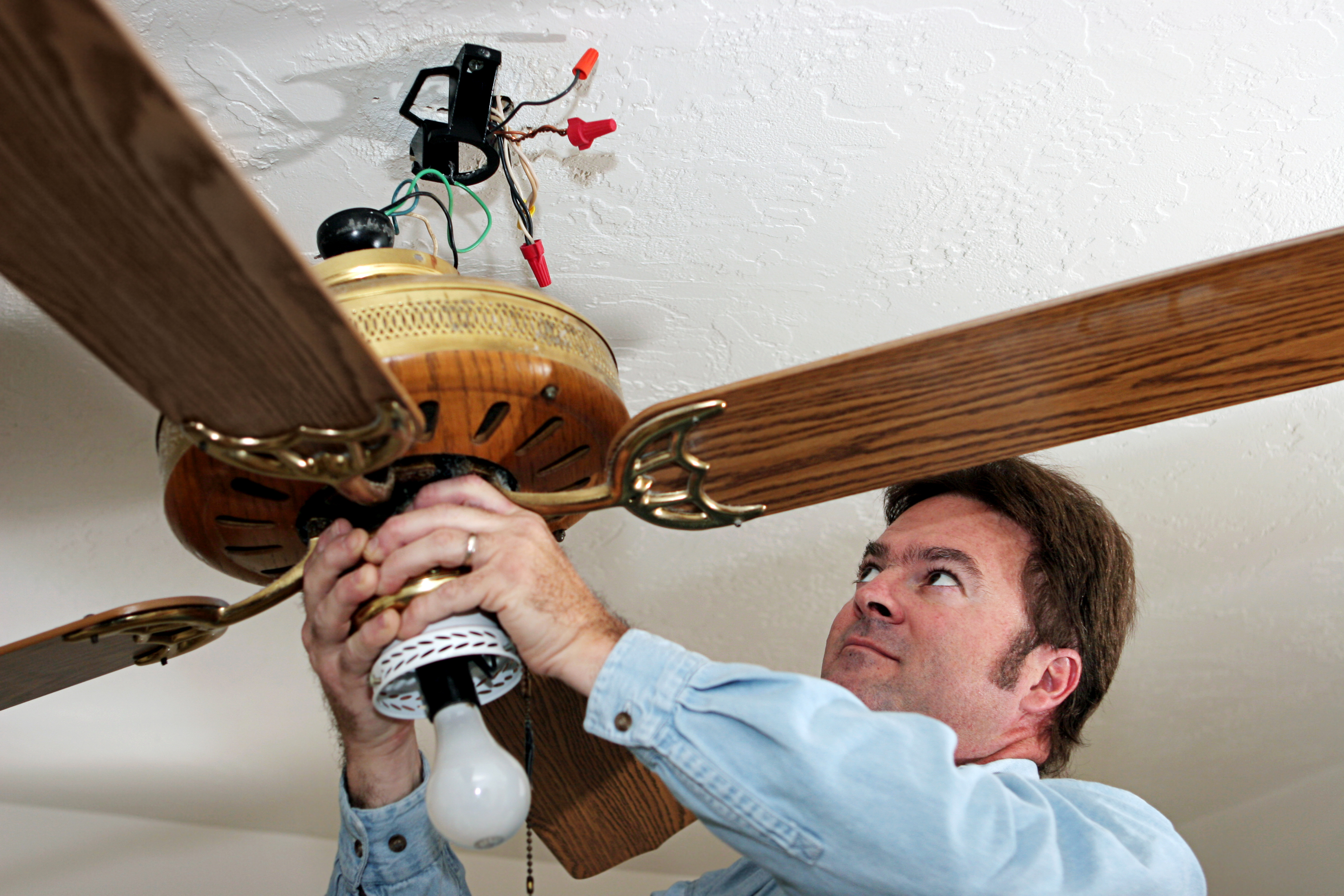

0 thoughts on “How Do You Balance A Ceiling Fan”